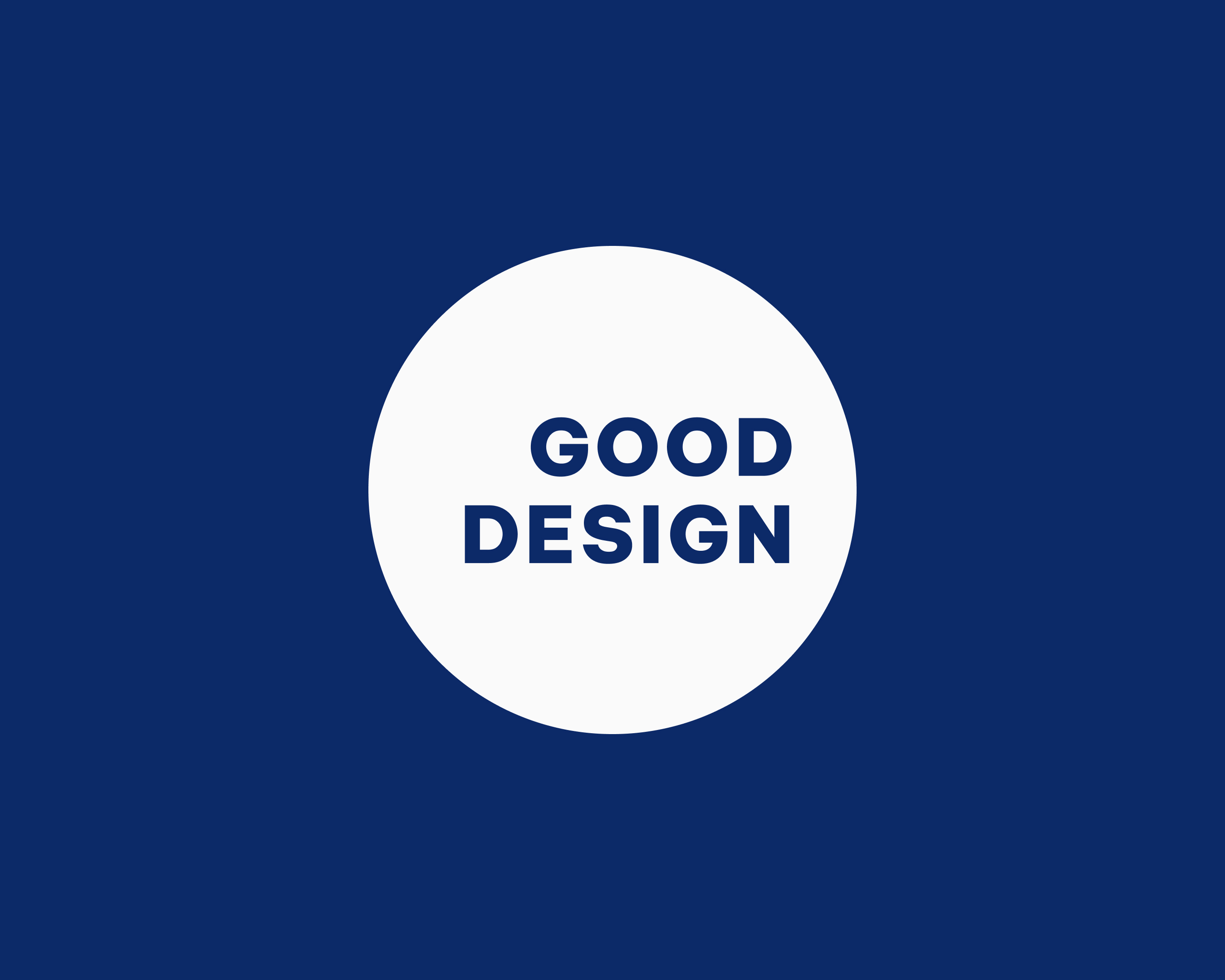
The secret to great design

When a product is so completely and rightly designed, it has aesthetic and functional elements that are clearly stated and obvious. The product itself communicates without words its utilitarian value, ease of use, and beauty, and you perceive the quality-contributing elements instantly. Think about your own special products that you love. It may be your Levis, your iPhone, your Porsche, your Aeron chair, whatever. All elements seem to dance together, right? Purpose, form, details and color are naturally wound together so tightly you can’t really separate them. There is unity and wholeness, and it is so evident that this thing will totally satisfy a physical and/or emotional need.
Yet there’s the dichotomy: When a product does all the above things well, instead of it having abundant presence like one would expect, it actually sort of disappears when you use it. Your old Levi’s don’t pull or make funny noises when you walk; your Porsche just goes where and when you want it to; your iPhone fetches information instantly and seamlessly; and your Aeron lets you work all day without fidgeting. The product just gets out of the way! It recedes, it steps back, and it lets you go about your business of having fun, working or living. The product becomes a subconsciously satisfying experience, not a heavy conscious thing that demands attention because it’s pretty or different, like a fancy cappuccino maker. Interestingly, once your task is done and you walk away from that ideal car or chair, the object identity re-emerges, and its remaining gift is what you see and what it may provide again.
I’m fascinated with the dichotomous phenomenon of good design and it remains a focus in how I work. Yubo, Adiri, and Pano were born from this state of mind. This phenomenon is not new. In 300 BC Lao Tzu maybe observed this too when he wrote the Tao Te Ching. Tao is defined as an eternal cosmic unity, the source from which all created things emanate, and Te is the personal qualities of the individual and all entities in the universe. Put together, Tao Te Ching means integrity, or the wholeness of a given entity, object, or experience. That’s an ancient and great definition of design!
Discovering the essence of a product’s Te, and creating a natural barrier-free expression for its purpose, is the art of design. If a designer stays focused on the product experience, internalizing how the user feels during its use, the designed object will indeed begin to lighten up, transcend and deliver value. Lao Tzu said it this way: “Clay is molded to make a pot, but it is in the space where there is nothing that the usefulness of the clay pot lies. Cut out doors and windows to make a room, but it is in the spaces where there is nothing that the usefulness of the room lies. Therefore, benefit may be derived from something, but it is in nothing that we find usefulness.” Of course, you can design a beautiful clay pot, but the essence is the ceremony, the wispy steam, the gurgling pour, and ultimately the flavor it delivers.